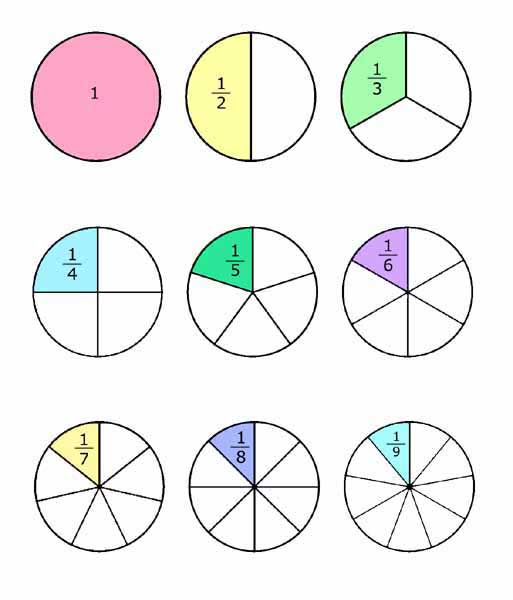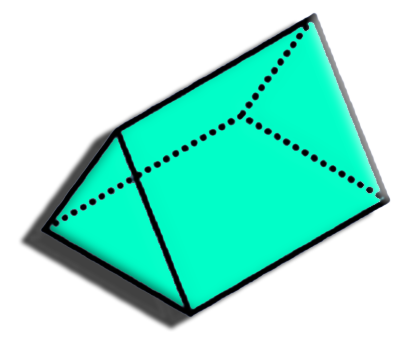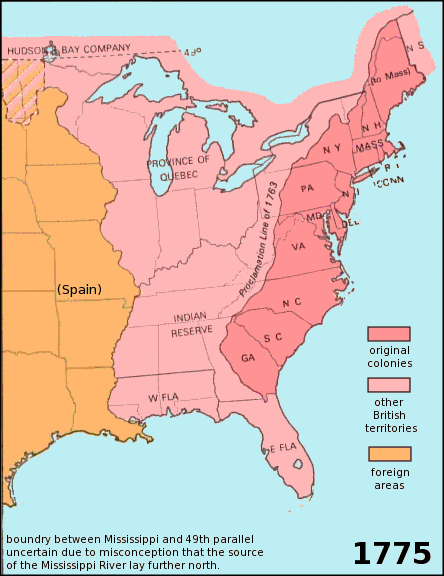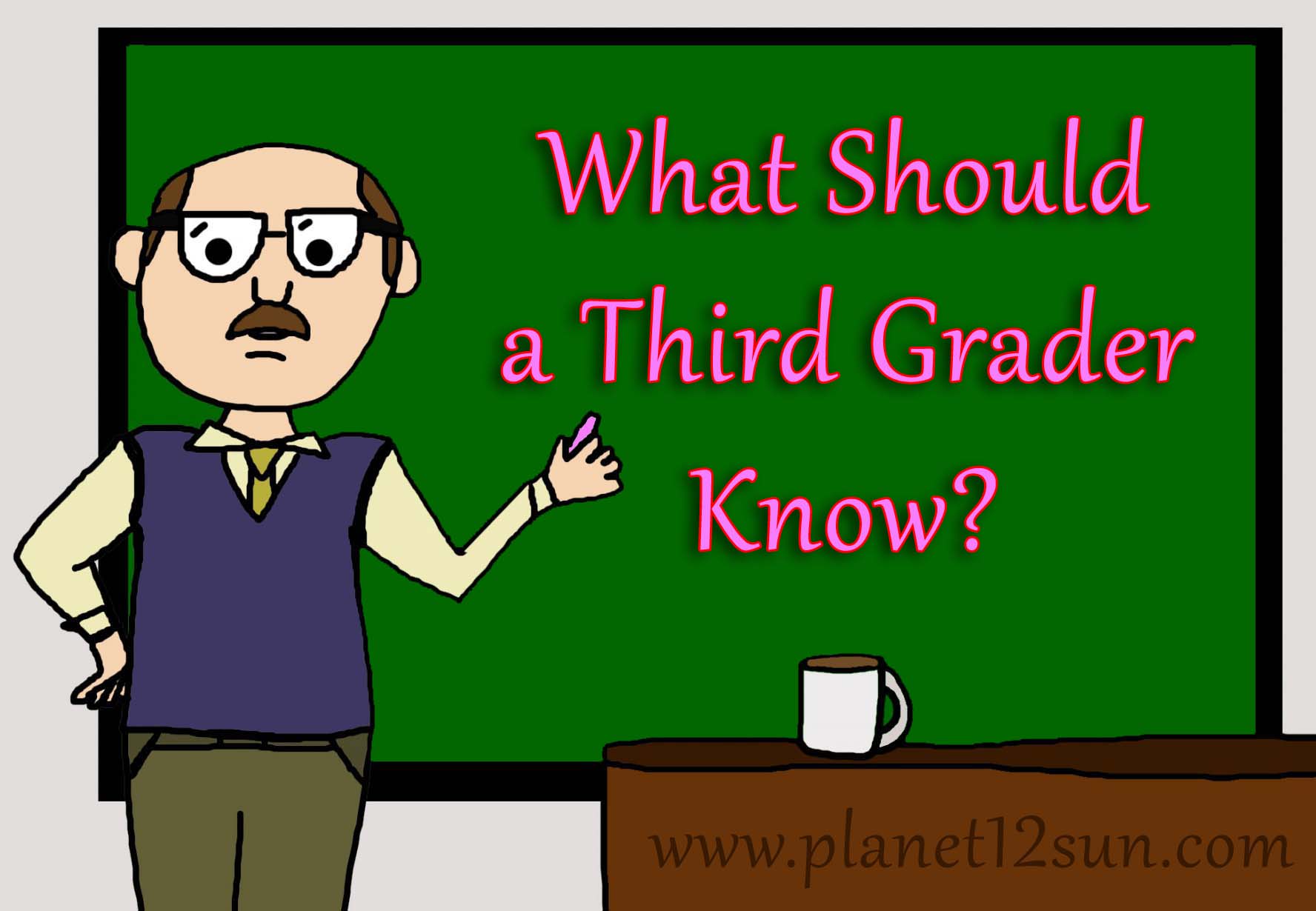Third grade: What your child should know
No two kids are alike. It's OK for children to be at different levels. A child's unique differences should be welcomed and accepted. Also keep in mind, that a child's level of readiness in August will be very different from what it is in December, for example. It does, however, help to have a rough idea of which academic and social skills your child should acquire at his or her grade level.




By the end of the year, you can expect your child to:
Math & Geometry & Measurement
- Do mental addition and subtraction
- Add four-digit numbers, subtract with regrouping
- Recognize 2D and 3D shapes
- Determine a shape’s perimeter
- Tell time to the hour and half hour
- Know time to minute and elapsed time in minutes
- Read thermometers and use measuring tools like rulers
- Understand calendar
- Know the days of the week and months of the year
- Understand money- coins and bills, count, add and subtract money
- Estimate and measure length, weight, and capacity
- Use U.S. customary and metric units to measure objects – length, weight, volume, and temperature
- Understand symmetry
- Learn about even and odd numbers
- Organize data with tally marks, pictographs, and bar charts (e.g., collecting and charting the birthdays of all the boys and girls in class)
- Read and write large numbers through the hundred thousands
- Recognize, identify, and create a quadrilateral, rhombus, square, triangle, trapezoid, hexagon, and parallelogram
- Memorize the multiplication table
- Start learning division
- Work with patterns and sequences
- Round and compare numbers
- Solve word problems using addition, subtraction, multiplication, and division
- Explain in words how a math problem was solved
- Know the place value for each digit
- Begin to understand fractions and decimals
Social Studies
- Locate the USA, continents, and oceans on a large map or globe
- Identify the countries, major rivers, and mountain ranges in North America
- Compare different parts of the United States (e.g., contrasting year-round climate of the various regions)
- Know cardinal directions and map key
- Identify hemispheres, poles, and the equator on a globe
- Study topics relating to American history, such as Native Americans, the journey of the Mayflower, pilgrims, and the first settlers
- Know significant individuals in United States history
- Know people and events honored in commemorative holidays
- Recognize American symbols (the eagle, Liberty Bell, the flag, etc.)
- Start to identify states and their capitals on a map of the United States
- Create a personal timeline
- Understand the concept of history as real stories of other times (create charts and timelines)
- Have a basic awareness of other cultures and cultural traditions
- Learn about the history of their own communities
- Learn about the basic workings of democracies and other types of governments
- Identify the difference between local, state, and national government, and identify key leaders for each (mayor, governor, president, etc.)
- Discuss natural resources and how they are used to produce goods
Science
- Know the colors of the rainbow
- Identify rocks and minerals
- Compare the human skeleton to animal skeletal systems
- Identify and explain basic function of important systems of the human body (digestive, circulatory, and respiratory)
- Explore the life cycle of living things, such as frogs, butterflies, mammals
- Use tools such as a magnifying glass, ruler, and balancing scale
- Distinguish between living and non-living things
- Compare and describe the structural characteristics of plants and animals
- Recognize how people impact the Earth, conservation, recycling, reducing pollution
- Classify materials as solid, liquid or gases
- Measure and record weather conditions
- Name the planets in the solar system
- Learn about galaxies, moons, stars, and meteors of outer space
- Learn about the role of the Earth's orbit in seasonal change
- Know that the Sun supplies heat and light energy to the Earth
- Weather prediction using different types of clouds, water cycles
Reading & Writing & Comprehension
- Sort words in alphabetical order
- Address an envelope
- Write in cursive
- Write in a variety of genres including a thank-you note, a friendly letter, a business letter, an invitation letters, fiction stories and research reports
- Write stories with a beginning, middle and end
- Use timelines to show the sequence of historical events
- Identify story elements such as plot, settings, and characters
- Identify the main idea of a story
- Write a summary of a story
- Understand the different genres of fiction
- Understand parts of speech
- Use basic irregular verbs correctly
- Use capital letters correctly
- Punctuate sentences using periods, question marks, and exclamation points
- Punctuate dialog with quotation marks
- Edit his or her own writing for spelling and punctuation
- Recognize word patterns (prefixes and suffixes)
- Understand and use first-person and third-person point of view
- Use reference books such as the dictionary, encyclopedias and thesaurus
- Be able to do basic research from a non-fiction book
- Using computers to find information
- Try to decipher the meaning of unfamiliar words
- Read and write large numbers through the hundred thousands
- Write in paragraphs using transition words
- Correctly use apostrophes
- Identify the meaning of common antonyms, synonyms, and homonyms
